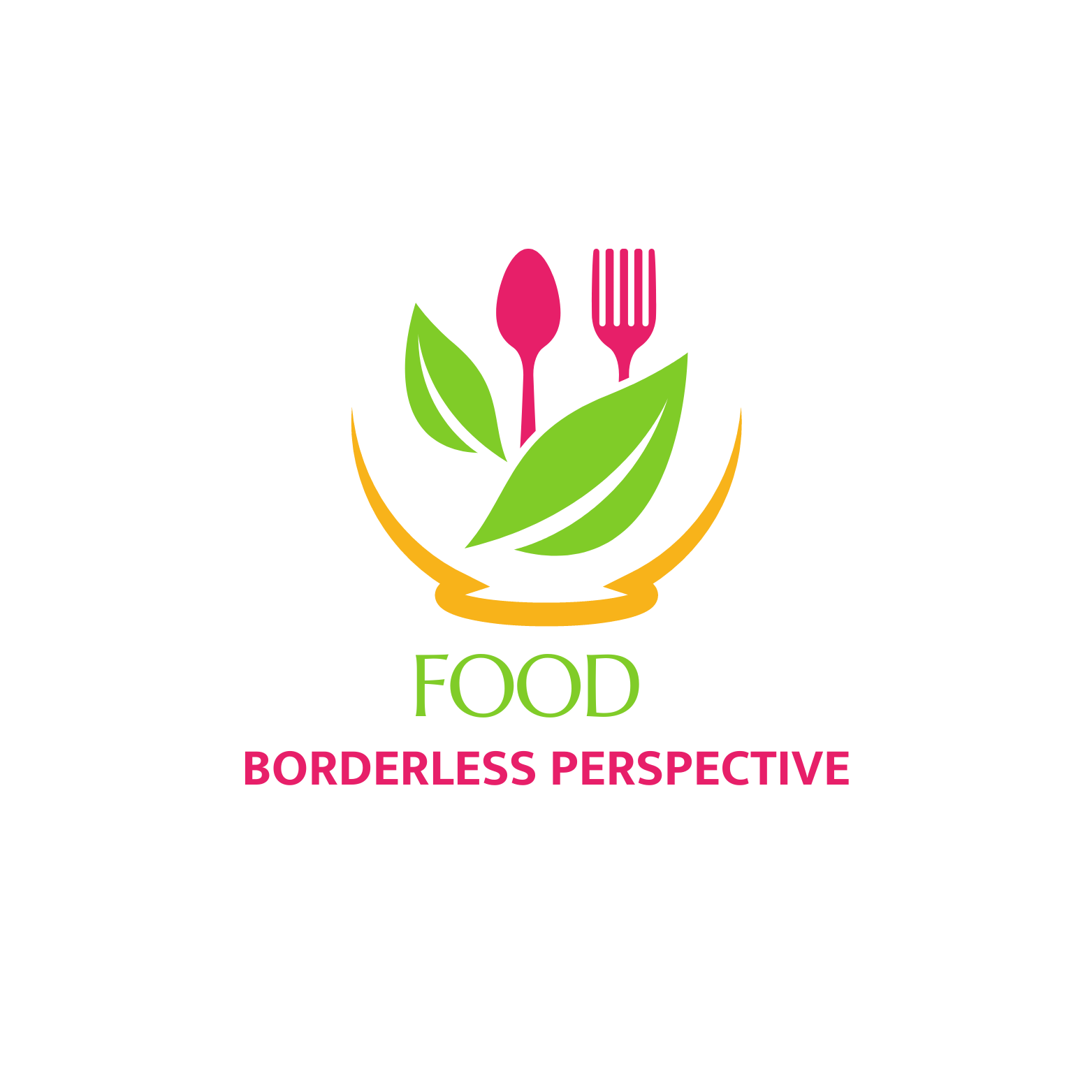Are you familiar with the feeling of stress that seems to creep up on you, making you reach for that bag of chips or tub of ice cream? We’ve all been there. It’s called emotional eating, and it can be a tough habit to break. But fear not, because we have the antidote to help you put an end to those stress-induced binges and regain control over your eating habits.
Imagine this: It’s been a long day at work, and you’re feeling exhausted and overwhelmed. All you want to do is relax and unwind. You head home, kick off your shoes, and plop down on the couch. As you reach for the TV remote, you notice a familiar pang of anxiety. Instead of giving in to the urge to raid your pantry and indulge in a binge-eating session, you remember the simple strategies you’ve learned to combat emotional eating.
You take a deep breath, grab a glass of water, and turn off your phone. Without distractions, you’re able to focus on the meal you’ve prepared – a nutritious and satisfying plate of grilled chicken, roasted vegetables, and a side of quinoa. As you savor each bite, you feel a sense of satisfaction and control over your choices. The stress begins to melt away, and you realize that food doesn’t have to be your crutch.
The story above highlights just one of the many ways you can tackle emotional eating and prevent those stress-induced binges. By implementing the right strategies, you can find healthier ways to cope with stress, manage your emotions, and prevent the harmful cycle of emotional eating.
In this article, we will explore a range of effective strategies to help you conquer emotional eating for good. From eliminating distractions during meals to identifying trigger foods and incorporating volumetrics, we’ll equip you with the tools you need to regain control over your eating habits and boost your well-being. So let’s dive in and discover the emotional eating antidote that will set you free from stress-induced binges!
Key Takeaways:
- Emotional eating can be a challenging habit to overcome, but it’s not impossible.
- Simple strategies like eliminating distractions during meals and identifying trigger foods can help prevent overeating.
- Maintaining a balance between healthy eating and occasional indulgences is crucial for long-term success.
- The volumetrics approach and stress reduction techniques play a significant role in managing emotional eating habits.
- By implementing these strategies, you can regain control over your eating habits and improve your overall well-being.
Get rid of distractions
One of the most effective emotional eating strategies is eliminating distractions during meals. Research has shown that being distracted while eating can contribute to consuming more calories and increase the tendency to overeat. By turning off or putting away potential distractions like phones, computers, and magazines, you can fully focus on your meal and prevent overeating.
Allow yourself to be fully present while eating, savoring each bite and paying attention to your body’s hunger and fullness cues. This mindful approach to eating can help you develop a healthier relationship with food and prevent mindless overeating.
Instead of scrolling through social media or watching TV while having a meal, take the time to appreciate the flavors, textures, and smells of your food. Enjoy the experience of eating without any external distractions.
“Ditch the distractions and savor the moment. Give your meal the attention it deserves.”
By adopting this simple strategy, you can create a more mindful eating environment and reduce the likelihood of emotional overeating.
Remember, preventing distractions during meals is just one small step in managing emotional eating. To effectively address this habit, it’s important to implement a combination of strategies tailored to your individual needs and circumstances.
Benefits of eliminating distractions during meals:
- Increased awareness of hunger and fullness cues
- Enhanced enjoyment of food
- Improved digestion
- Reduced mindless overeating
Stay tuned for the next section, where we’ll discuss another essential strategy: identifying and avoiding trigger foods.
| Distractions to Avoid | Effect on Eating Habits |
|---|---|
| Smartphones | Increases the likelihood of mindless snacking and overeating |
| Television | Distracts attention from the act of eating, leading to overconsumption |
| Computers | Contributes to a lack of awareness about portion sizes and satiety levels |
| Magazines | Diverts attention from the eating experience, diminishing food satisfaction |
Know your trigger foods
When it comes to preventing emotional eating and overeating, one important strategy is to know your trigger foods. Trigger foods are those sneaky little devils that have the power to send you into a frenzy of bingeing and regret. By recognizing which foods push your buttons and send you spiraling into an emotional eating episode, you can take proactive steps to avoid them.
So, what exactly are trigger foods? They’re the foods that make you lose all sense of portion control and dive headfirst into a bag of potato chips or a tub of ice cream. These foods vary from person to person, but some common culprits include sugary snacks, salty treats, and carb-loaded delights.
But how do you identify your trigger foods? Well, it requires a little self-reflection and observation. Take note of the foods that you tend to crave when you’re feeling stressed, bored, or sad. Pay attention to the foods that you can’t stop thinking about, even when you’re not hungry. These are likely your trigger foods.
Once you’ve identified your trigger foods, it’s time to take action. First, keep them out of sight and out of the house. If you don’t have easy access to your trigger foods, you’ll be less tempted to indulge. Stock your pantry and fridge with healthier alternatives like fresh fruits, crunchy veggies, and protein-rich snacks.
But don’t worry, you don’t have to give up your favorite foods completely. It’s all about finding a balance. If you absolutely can’t resist the occasional indulgence, plan for it. Allow yourself a small, controlled portion of your trigger food as a treat. By incorporating moderation and mindfulness into your eating habits, you can satisfy your cravings without going overboard.
Remember, knowing your trigger foods is a powerful tool in your arsenal against emotional eating. By keeping them at bay and focusing on healthier alternatives, you can regain control over your eating habits and prevent overeating.
Don’t ban all favorite foods
We get it – giving up your favorite foods can feel like torture. It’s like banishing your taste buds to a deserted island without any sweet or savory treats. But here’s the thing: completely cutting out all your favorite foods can do more harm than good. Everything in moderation, right?
Restrictive eating patterns that eliminate all your favorite foods can actually backfire, leading to feelings of deprivation. And guess what happens when you feel deprived? You’re more likely to give in to those irresistible cravings and binge eat on a whole bag of chips or an entire pint of ice cream. It’s like trying to hold back a tidal wave – eventually, it’ll come crashing down.
Instead of depriving yourself, focus on incorporating mostly healthy, nutritious foods into your diet, while still allowing yourself the freedom to indulge in occasional treats. Remember, it’s all about balance. Treating yourself every now and then can actually help prevent feelings of restriction and promote a sustainable, healthy eating pattern in the long run.
So go ahead, enjoy that slice of chocolate cake or indulge in some cheesy goodness. Just make sure you’re making smart choices most of the time and opting for healthier substitutes whenever possible.
| Favorite Foods to Incorporate | Healthy Substitutes |
|---|---|
| Potato chips | Kale chips |
| Ice cream | Frozen yogurt or fruit popsicles |
| Pasta | Zucchini noodles or whole wheat pasta |
| Pizza | Cauliflower crust pizza or homemade whole wheat crust |
| Cookies | Oatmeal cookies or energy balls |
By making these small swaps, you can still satisfy your cravings while nourishing your body with healthier options. Remember, it’s all about finding that sweet spot between enjoying your favorite foods and maintaining a balanced, nutritious diet.
Expert Tip:
“Instead of completely cutting out your favorite foods, try to find healthier alternatives. This way, you can still enjoy the flavors you love without compromising your health.” – Dr. Sarah Roberts, Registered Dietitian
So, go ahead and give yourself permission to enjoy your favorite foods. Just remember to do it in moderation and make healthy swaps whenever possible. By finding that delicious balance, you’ll be able to prevent feelings of restriction and cultivate a sustainable, healthy eating pattern.
Give volumetrics a try
The volumetrics approach to eating offers a clever strategy to combat emotional eating by focusing on consuming low-calorie, high-fiber foods that help you feel full without the guilt. By incorporating foods like salad greens, broccoli, and beans into your meals, you can increase your satiety and reduce the urge to overeat.
One effective way to implement volumetrics is to start your meals with a large salad or a bowl of low-calorie soup. These nutrient-dense, low-calorie options will help fill you up, leaving less room for high-calorie, indulgent foods. Not only will this approach prevent overeating, but it will also ensure you’re providing your body with the necessary vitamins, minerals, and fiber it needs for optimal health.
Embrace the volumetrics philosophy and discover the satisfaction of feeling full without compromising your weight loss or healthy eating goals.
Benefits of the volumetrics approach
Embracing the volumetrics approach to eating can have various benefits for your overall well-being:
- Increased satiety: By consuming low-calorie, high-volume foods, you’ll feel fuller for longer, reducing hunger pangs and preventing overeating.
- Weight management: The volumetrics approach can help you reach and maintain a healthy weight by enabling you to control portions and make better food choices.
- Improved nutrition: Prioritizing low-calorie, nutrient-rich foods ensures that your body receives essential vitamins, minerals, and fiber for optimal health.
- Long-term sustainability: Unlike restrictive diets, the volumetrics approach is sustainable and allows for flexibility, making it easier to adopt as a lifelong eating strategy.
With the volumetrics method, you can enjoy generous portions of satisfying, low-calorie foods while still achieving your weight loss and health goals. Say goodbye to emotional eating and hello to a more balanced, mindful approach to eating.
| Low-Calorie Foods | Calories per Serving | Benefits |
|---|---|---|
| Salad greens (e.g., lettuce, kale) | 5-30 calories | High in fiber, vitamins, and minerals |
| Broccoli | 30 calories | Rich in fiber, vitamins C and K, and antioxidants |
| Beans (e.g., black beans, lentils) | 100-120 calories | Excellent source of protein, fiber, and complex carbohydrates |
Include these low-calorie foods in your meals to promote a feeling of fullness, reduce the likelihood of overeating, and support your overall health and well-being.
Remember, volumetrics is about nourishing your body while still enjoying food. By making smart choices and prioritizing low-calorie, high-fiber options, you can conquer emotional eating and create a positive relationship with food.
Reduce stress
Stress can often lead to emotional eating, causing us to turn to food for comfort and relief. Therefore, it is crucial to find healthy strategies to manage stress and prevent overeating.
One effective way to reduce stress is to engage in activities that help you relax and unwind. Consider listening to soothing music, spending time in your garden, or practicing relaxation techniques such as deep breathing or meditation. These activities can help calm your mind and alleviate stress, reducing the urge to resort to emotional eating.
Physical exercise is another powerful tool in stress reduction. It not only helps release endorphins, which are natural mood boosters, but also serves as a distraction from stress and emotional triggers. Find an exercise routine that you enjoy, whether it’s going for a run, attending a fitness class, or practicing yoga, and make it a regular part of your routine.
Remember, taking care of your mental and emotional well-being is essential in breaking the cycle of emotional eating. By addressing the root cause of your stress and finding healthy coping mechanisms, you can regain control over your eating habits and foster a healthier relationship with food.
Tips to Reduce Stress:
- Listen to calming music
- Try gardening
- Practice relaxation techniques like deep breathing or meditation
- Engage in regular exercise such as running, attending fitness classes, or practicing yoga
By implementing stress reduction techniques and finding healthy coping mechanisms, you can effectively manage stress and prevent emotional eating episodes.
Conclusion
So, you’ve made it to the end of our journey through emotional eating strategies. We hope that you’ve found these tips helpful in your quest to overcome stress-induced binges and cultivate healthy eating habits. Remember, breaking the cycle of emotional eating takes time and effort, but it is certainly achievable with the right mindset and approach.
By eliminating distractions during meals, you can focus on nourishing your body and prevent overeating. Identifying your trigger foods and keeping them out of sight can help you resist temptation and make healthier choices. It’s important to strike a balance and not ban all your favorite foods. Enjoying occasional treats in moderation can actually help you maintain a sustainable and enjoyable eating pattern.
Consider incorporating volumetrics into your meals by choosing low-calorie, high-fiber foods that keep you feeling full for longer. And let’s not forget about the importance of reducing stress in managing emotional eating. Find healthy ways to cope with stress and take care of your mental well-being.
With these strategies, you can regain control over your eating habits, prevent stress-induced binges, and develop lifelong healthy eating habits. So, take a deep breath, believe in yourself, and embark on this journey towards a healthier relationship with food. You’ve got this!
FAQ
How can I stop emotional eating?
How can eliminating distractions help reduce emotional eating?
What are trigger foods and why should I avoid them?
Do I have to completely eliminate my favorite foods to stop emotional eating?
What is the volumetrics approach to eating?
How can I reduce stress to prevent emotional eating?
What can I do to develop healthier eating habits and prevent stress-induced binges?
MORE SOURCES TO READ:
- https://www.healthline.com/nutrition/how-to-stop-overeating
- https://www.ncbi.nlm.nih.gov/pmc/articles/PMC3904482/
- https://www.onmanorama.com/lifestyle/health/2017/08/08/heal-thy-self-proven-strategies-stop-bingeing.html
![]()














Recent Comments